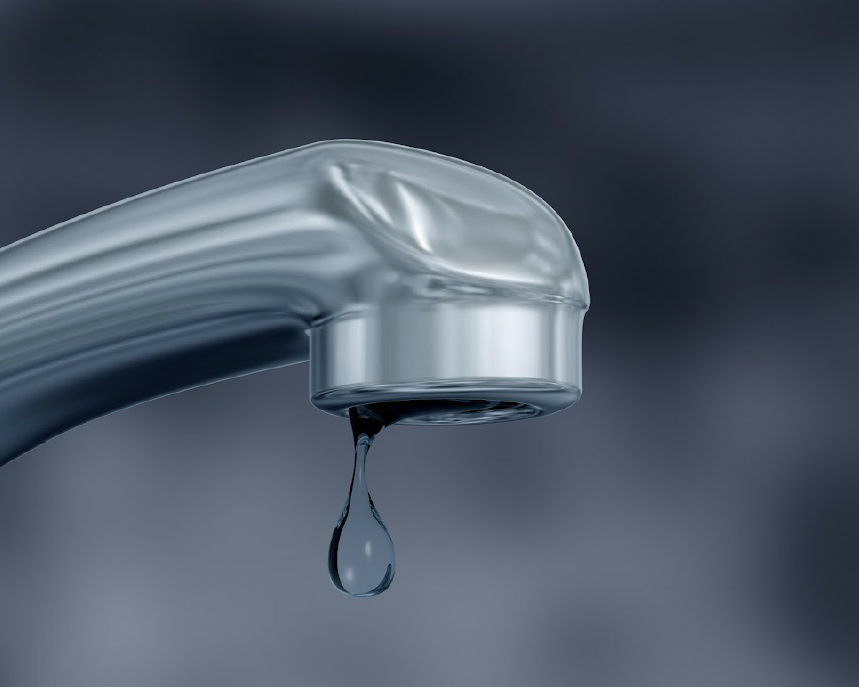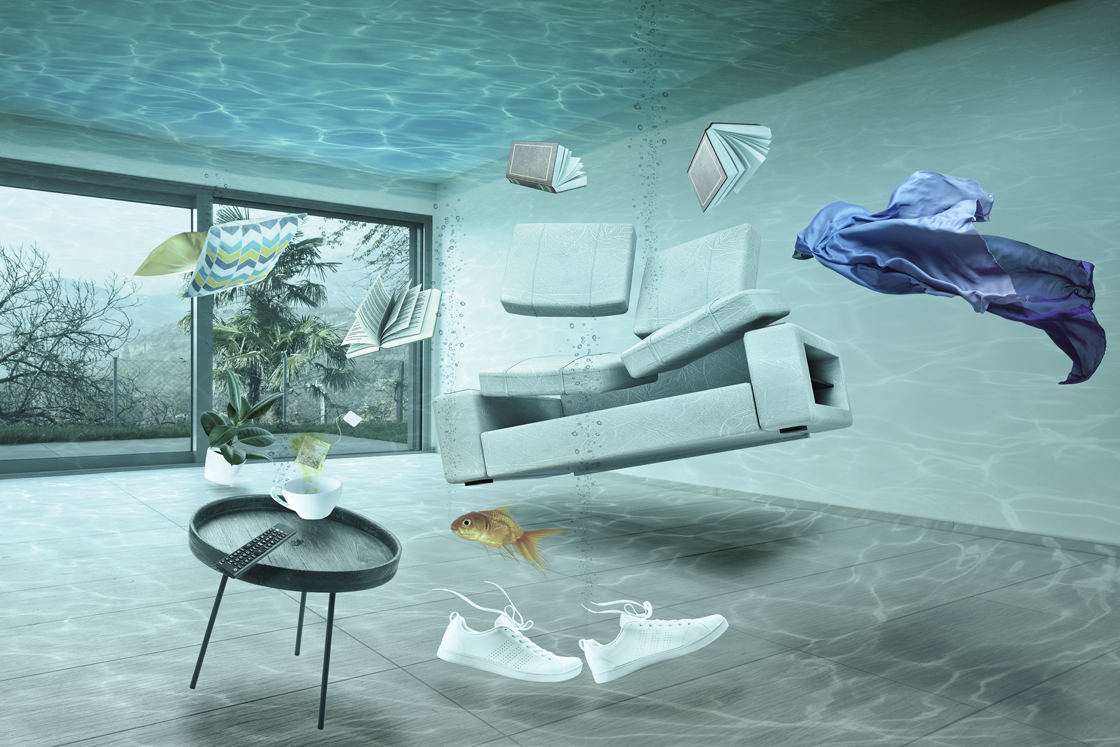Just how do you actually feel when it comes to Locating water leaks?

Early detection of dripping water lines can mitigate a potential catastrophe. Aside from conserving you money, it will certainly lessen the irritation and also stress. The minute you locate a leakage, calling your plumber for fixings is the best service. Nonetheless, some little water leakages may not be visible. Right here are some hacks that help if you can not discover it with your naked eyes.
1. Check Out the Water Meter
Every residence has a water meter. Checking it is a guaranteed way that assists you uncover leaks. For starters, turn off all the water sources. Ensure no one will purge, make use of the faucet, shower, run the cleaning equipment or dishwashing machine. From there, most likely to the meter and watch if it will certainly alter. Given that nobody is utilizing it, there must be no movements. If it relocates, that indicates a fast-moving leak. If you identify no changes, wait an hour or two and also check back once more. This implies you might have a sluggish leakage that can also be underground.
2. Inspect Water Consumption
If you find sudden changes, regardless of your usage being the exact same, it implies that you have leaks in your plumbing system. An abrupt spike in your costs indicates a fast-moving leakage.
On the other hand, a constant rise on a monthly basis, despite the very same behaviors, shows you have a sluggish leakage that's likewise slowly escalating. Call a plumber to thoroughly inspect your home, particularly if you feel a warm area on your flooring with piping beneath.
3. Do a Food Coloring Test
When it comes to water intake, 30% comes from toilets. If the color somehow infiltrates your bowl during that time without flushing, there's a leakage between the storage tank and bowl.
4. Asses Outside Lines
Don't fail to remember to examine your outdoor water lines too. Ought to water seep out of the link, you have a loose rubber gasket. One little leak can throw away heaps of water and surge your water costs.
5. Check and Examine the Situation
Homeowners need to make it a practice to examine under the sink counters and also inside cupboards for any type of bad odor or mold growth. These 2 red flags show a leak so punctual attention is needed. Doing regular assessments, even bi-annually, can conserve you from a major problem.
Check for stainings and deteriorating as most pipes and home appliances have a life expectancy. If you believe dripping water lines in your plumbing system, don't wait for it to rise.
Early discovery of leaking water lines can reduce a possible catastrophe. Some little water leaks may not be visible. Inspecting it is a surefire method that helps you find leakages. One tiny leakage can lose loads of water and also surge your water expense.
If you suspect leaking water lines in your plumbing system, don't wait for it to rise.
WARNING SIGNS OF WATER LEAKAGE BEHIND THE WALL
PERSISTENT MUSTY ODORS
As water slowly drips from a leaky pipe inside the wall, flooring and sheetrock stay damp and develop an odor similar to wet cardboard. It generates a musty smell that can help you find hidden leaks.
MOLD IN UNUSUAL AREAS
Mold usually grows in wet areas like kitchens, baths and laundry rooms. If you spot the stuff on walls or baseboards in other rooms of the house, it’s a good indicator of undetected water leaks.
STAINS THAT GROW
When mold thrives around a leaky pipe, it sometimes takes hold on the inside surface of the affected wall. A growing stain on otherwise clean sheetrock is often your sign of a hidden plumbing problem.
PEELING OR BUBBLING WALLPAPER / PAINT
This clue is easy to miss in rooms that don’t get much use. When you see wallpaper separating along seams or paint bubbling or flaking off the wall, blame sheetrock that stays wet because of an undetected leak.
BUCKLED CEILINGS AND STAINED FLOORS
If ceilings or floors in bathrooms, kitchens or laundry areas develop structural problems, don’t rule out constant damp inside the walls. Wet sheetrock can affect adjacent framing, flooring and ceilings.
https://www.servicemasterbyzaba.com/blog/how-to-detect-water-leakage-in-walls/

As a fervent person who reads on Hacks to detect leaks, I thought sharing that piece of content was worthwhile. Are you aware of somebody else who is enthusiastic about the subject? Do not hesitate to share it. I praise you for your time. Visit again soon.
Comments on “6 Ways to Locate Concealed Water Leakages in Your House”